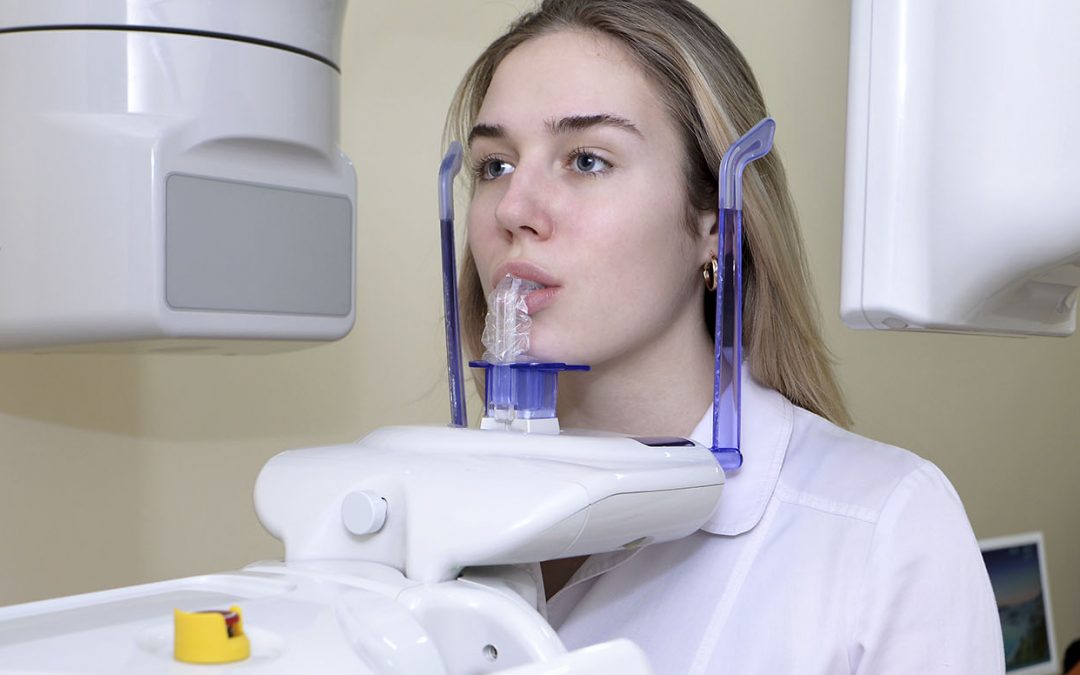Dental Device Testing
The medical device testing sector is a critical component of ensuring that devices meet stringent regulatory requirements and provide safe, effective solutions to healthcare challenges. Within this sector, dental device testing plays a pivotal role in safeguarding oral health by evaluating the performance, safety, and efficacy of various dental products and technologies.
Dental devices encompass a wide range of products including crowns, bridges, implants, dentures, orthodontic braces, and other restorative materials. Each of these devices must undergo rigorous testing to ensure they meet specific standards set by regulatory bodies such as the Food and Drug Administration (FDA), European Union (EU) directives, and International Organization for Standardization (ISO).
Testing in this domain typically involves mechanical properties, biocompatibility assessments, sterilization validation, and long-term durability studies. These tests are essential to ensure that dental devices do not cause harm to patients during use or storage.
The process begins with the selection of appropriate test specimens which must be representative of the intended use. Specimens can range from simple models made of composite materials to complex assemblies involving multiple components. The choice of specimen type and size directly influences the outcome of the tests, emphasizing the importance of precise sample preparation.
Instrumentation used in dental device testing includes a variety of specialized equipment such as microscopes for examining surface integrity, mechanical testers for assessing strength under different loading conditions, and biological testing systems to evaluate biocompatibility. The selection of appropriate test methods is crucial; deviations from standard protocols can lead to misleading results.
Once the specimens are prepared and instruments calibrated, tests proceed according to predetermined specifications outlined in relevant standards like ISO 10993 for biocompatibility or ASTM F713-18 for mechanical testing. Results are meticulously recorded and analyzed using statistical methods to ensure reproducibility and reliability.
Compliance with these stringent requirements ensures that dental devices not only perform their intended functions but also do so safely without causing adverse effects on patients. This comprehensive approach underscores the necessity of robust quality assurance measures throughout all stages of product development.
Why It Matters
The importance of thorough dental device testing cannot be overstated. Proper testing ensures that devices are safe for use in clinical settings, reducing risks associated with infections or adverse reactions. By adhering to established standards and performing detailed evaluations, laboratories can provide assurance to healthcare providers and patients alike.
For quality managers and compliance officers responsible for maintaining regulatory compliance within their organizations, ensuring accurate test results is paramount. Reliable data from these tests helps substantiate claims made about a device's performance and safety, thereby enhancing trust among stakeholders.
R&D engineers benefit significantly from comprehensive testing as it provides valuable insights into potential improvements or modifications needed before finalizing designs. Procurement teams also gain from this process by being able to identify high-quality suppliers who consistently meet rigorous specifications.
In summary, dental device testing serves multiple purposes: ensuring safety and efficacy, fostering innovation through informed decision-making processes, and building consumer confidence in medical technologies.
Quality and Reliability Assurance
- Standard Compliance: Adherence to internationally recognized standards such as ISO 10993 for biocompatibility testing and ASTM F713-18 for mechanical strength assessment.
- Data Integrity: Implementation of strict protocols to maintain accurate records throughout the entire testing process, ensuring traceability and transparency.
- Reproducibility: Use of standardized procedures and calibrated instruments to guarantee consistent results across multiple trials.
- Validation: Regular calibration of equipment and validation of test methods against accepted benchmarks to prevent errors or inaccuracies.
Use Cases and Application Examples
| Device Type | Main Test Parameters | Instrumentation Used | Outcome of Testing |
|---|---|---|---|
| Dental Crowns | Material hardness, fitment accuracy, wear resistance | Microhardness tester, scanning electron microscope (SEM) | Ensures proper fit and durability over extended periods. |
| Dental Implants | Bond strength to bone, osseointegration potential | Tensile testing machine, histological analysis equipment | Evaluates long-term stability and compatibility with surrounding tissues. |
| Device Type | Main Test Parameters | Instrumentation Used | Outcome of Testing |
|---|---|---|---|
| Dental Braces | Stability under load, corrosion resistance | Load frame system, electrochemical impedance spectroscopy (EIS) | Promotes accurate alignment while minimizing risks from material degradation. |
| Dentures | Flexural strength, impact toughness | Bending tester, drop weight impact tester | Achieves optimal comfort and durability during prolonged use. |





